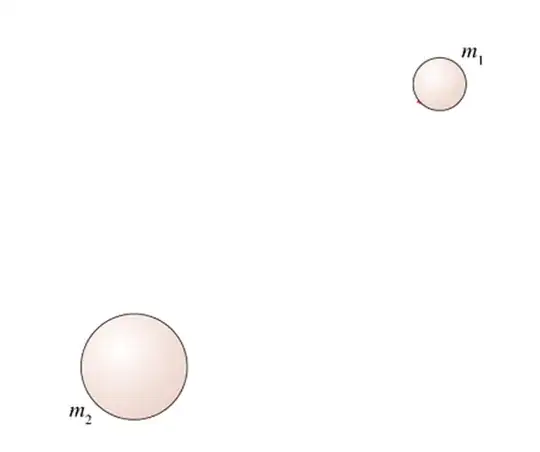
Assume the mass of star 2 is 4 times the mass of star 1. Compare the radius of the orbit of star 1 to that of star 2.
Possible answers:
R1:R2=1:4
R1:R2=1:2
R1:R2=2:1
R1:R2=4:1
R1:R2=16:1
What's the answer?
I guess I'd use the gravitational force formula:
$ F = G\cdot \frac {m1 \cdot m2}{r^{2}} $
But I don't see how the $r$ from the formula, which is the distance between the two stars can be related to what the question is essentially asking - radius of the orbit of the smaller star.
And when the question says: "Compare the radius of the orbit of star 1 to that of star 2"
Wouldn't it mean that the bigger star (2) will stay stationary, and the smaller star would orbit around it? Or will they both orbit each other? I guess the latter.
If so, wouldn't they orbit each other the same way? e.g. always remain the same distance from each other?